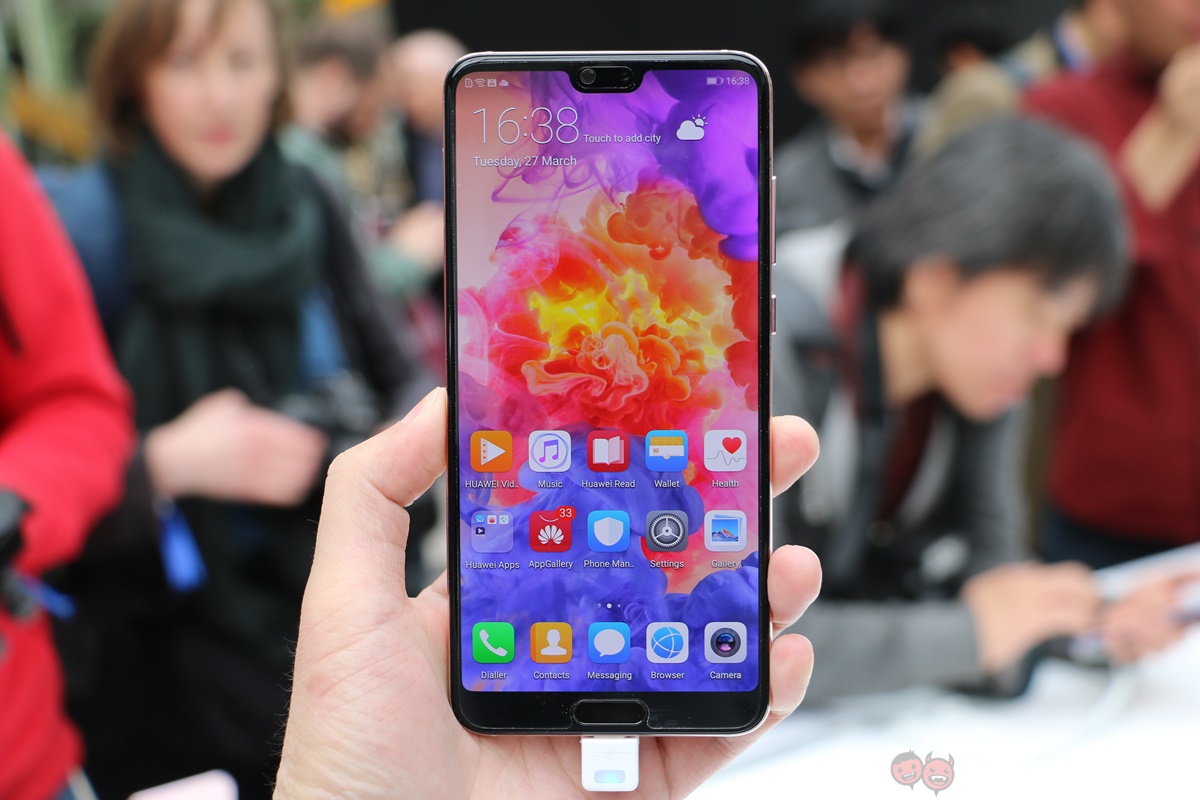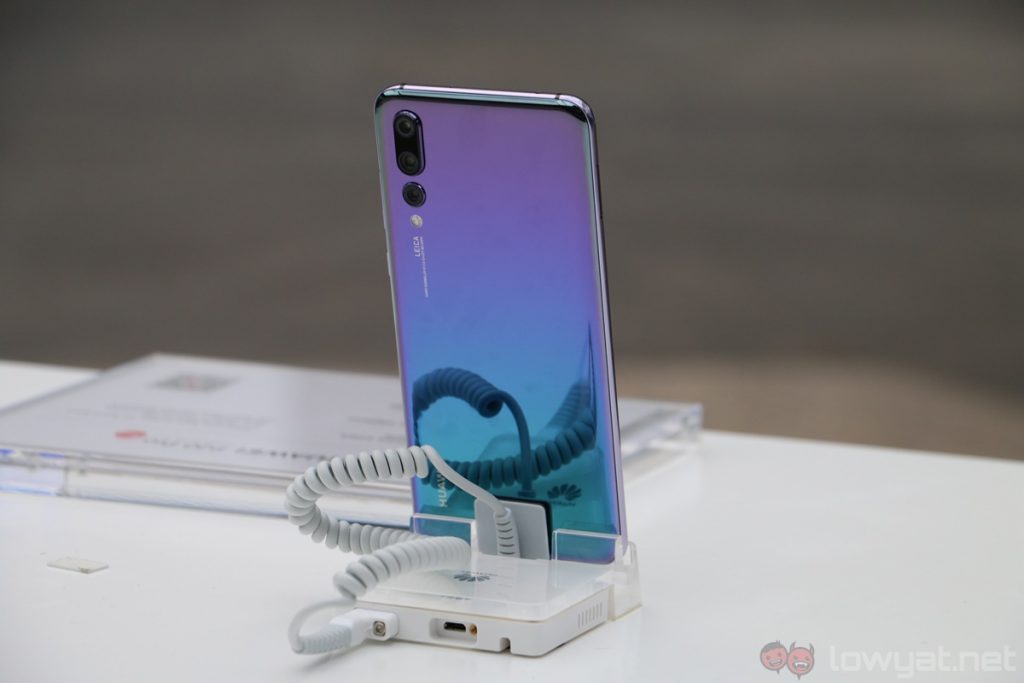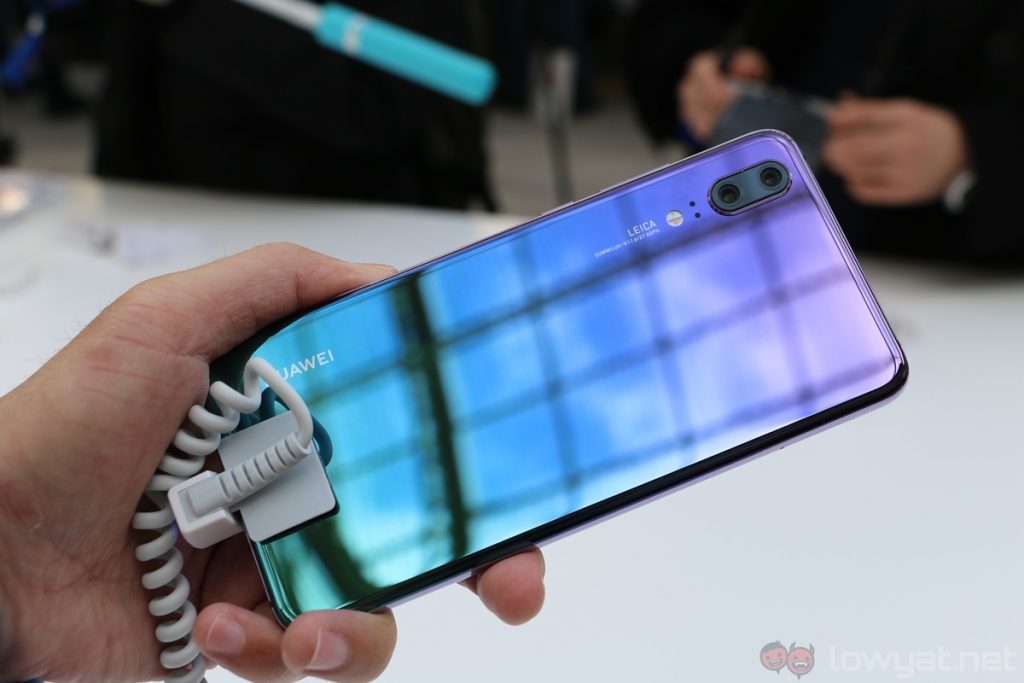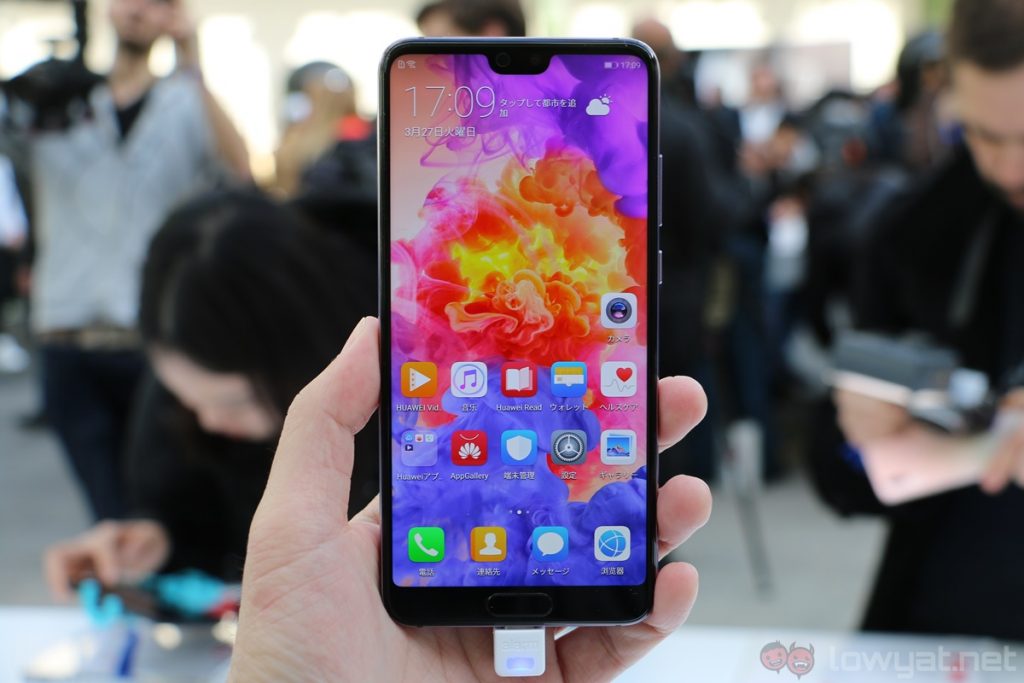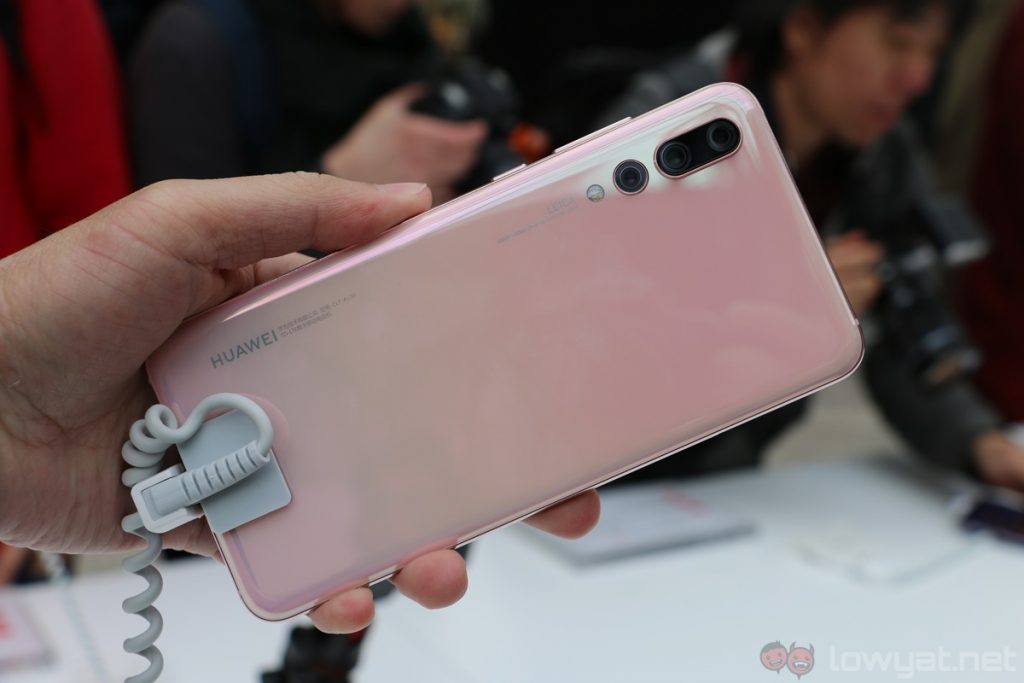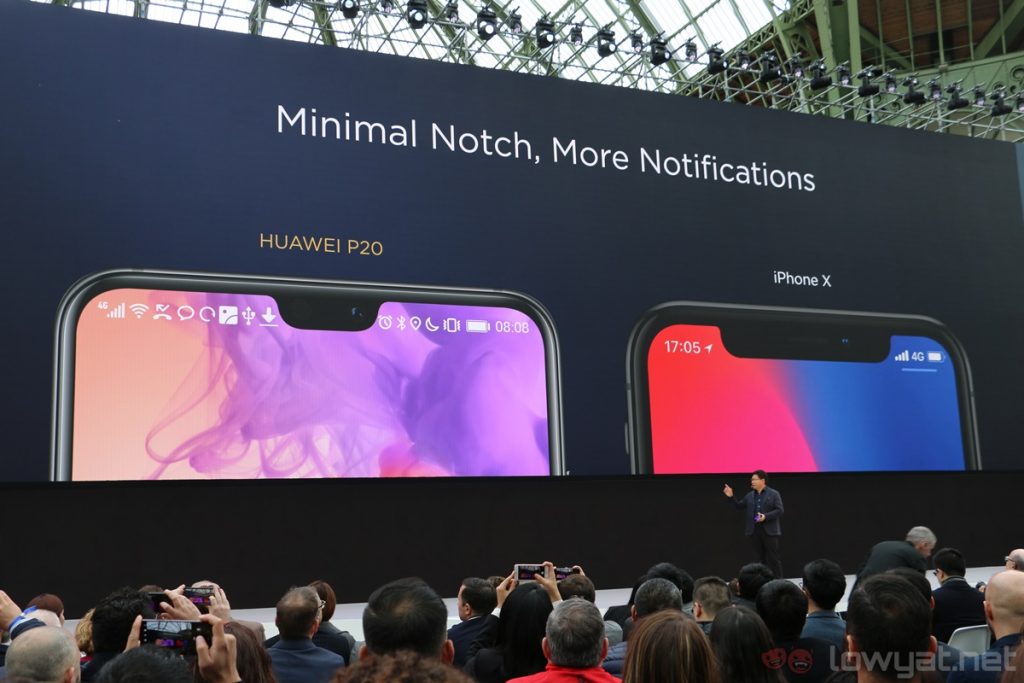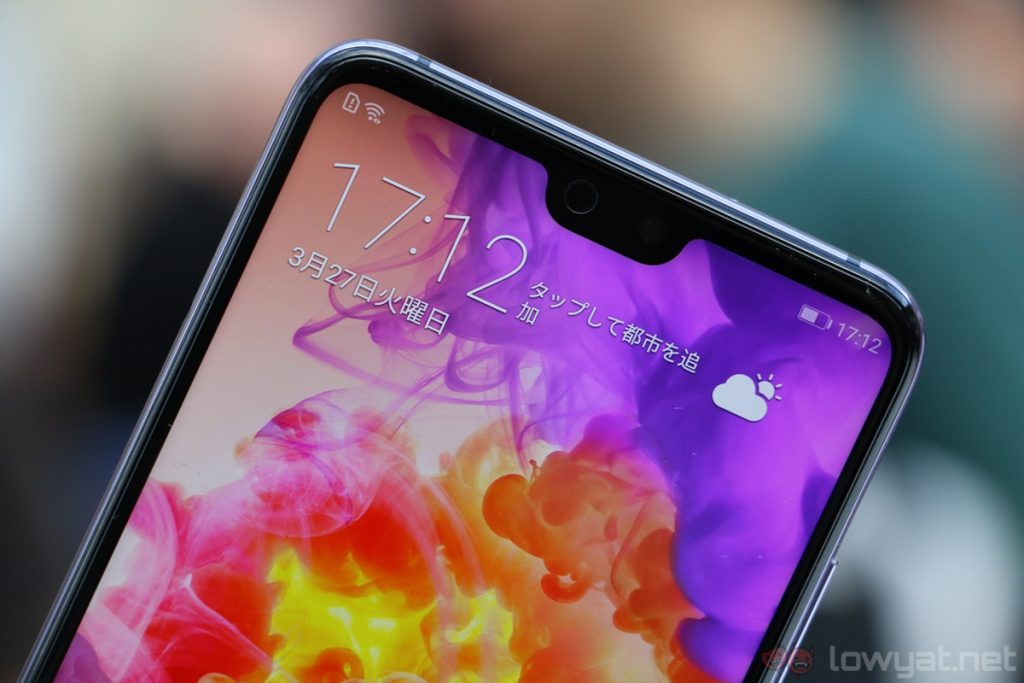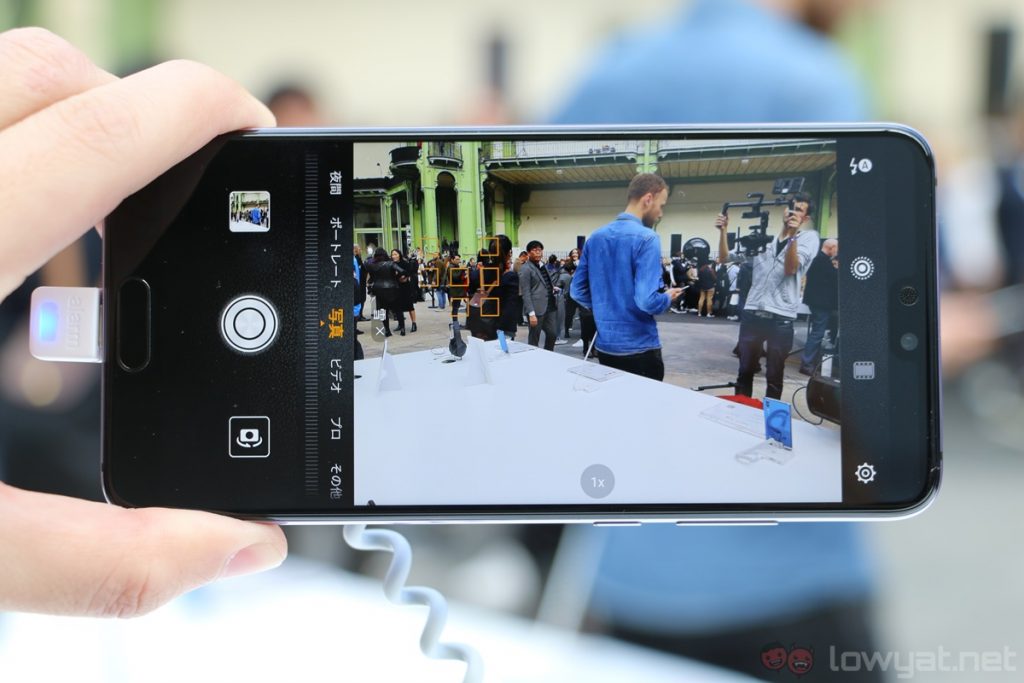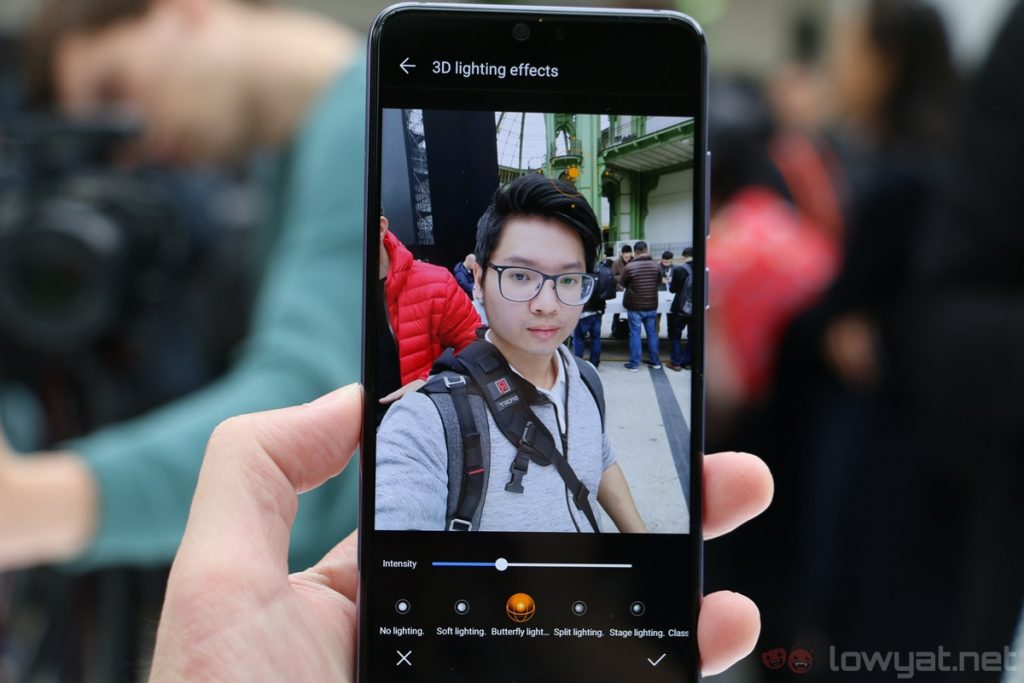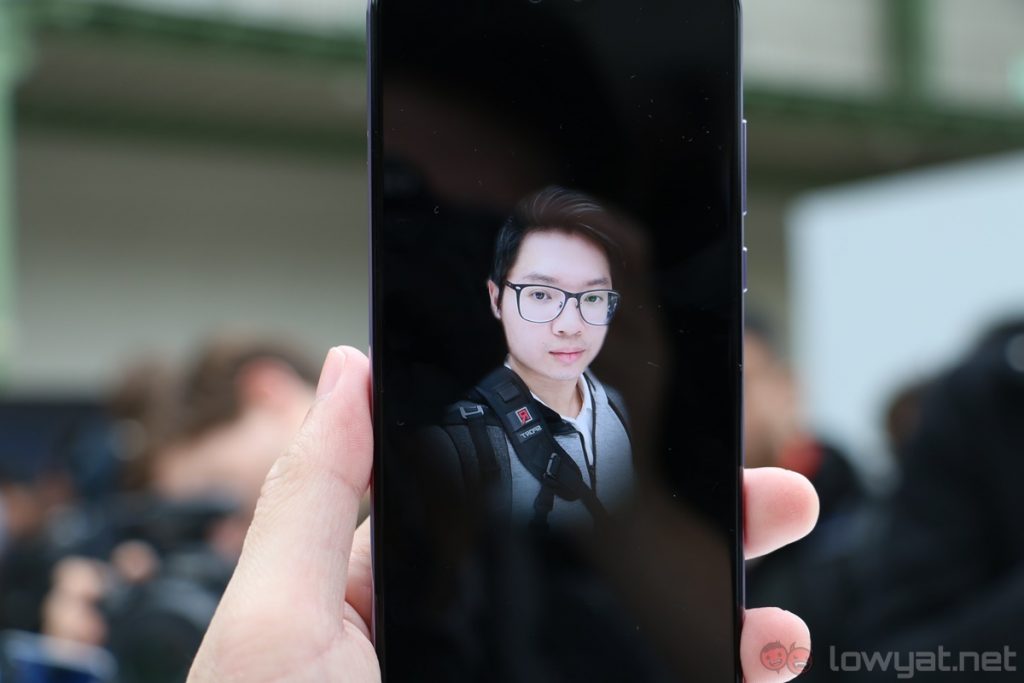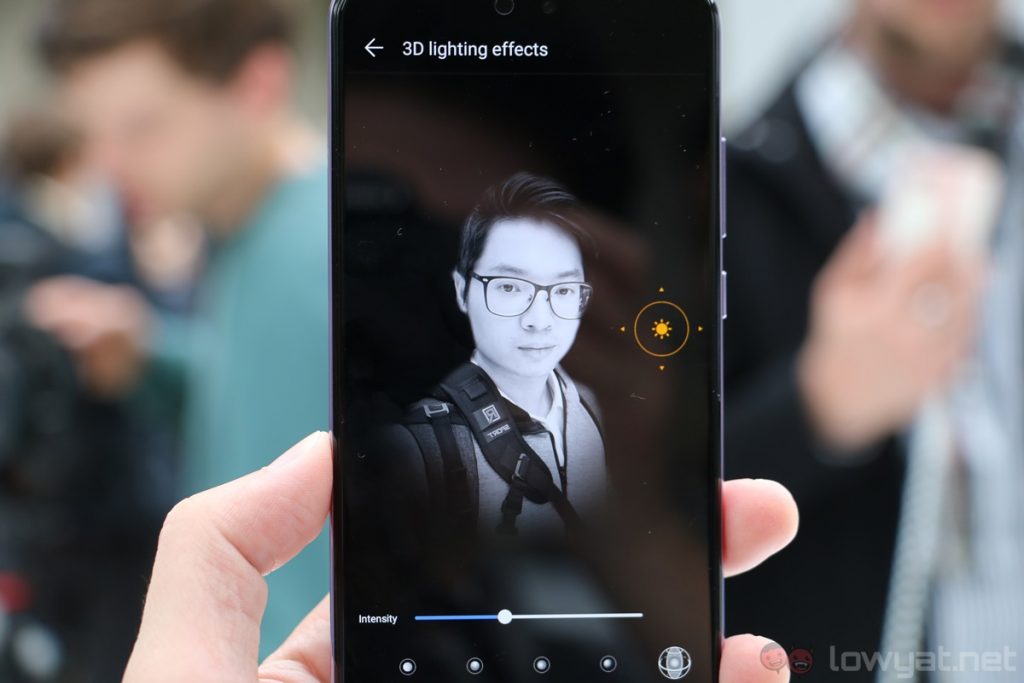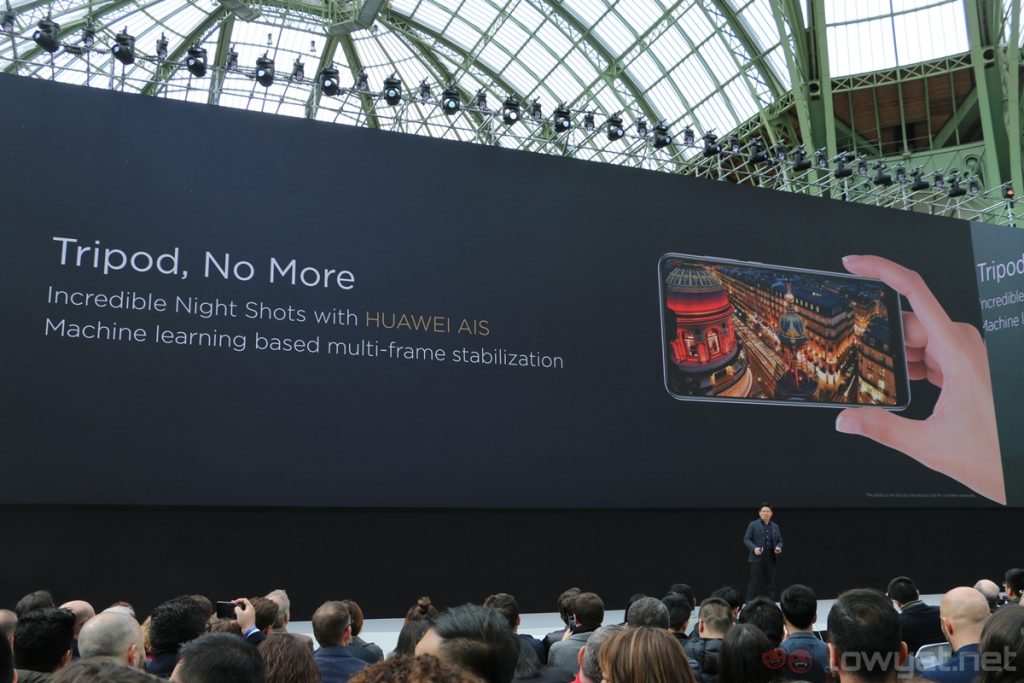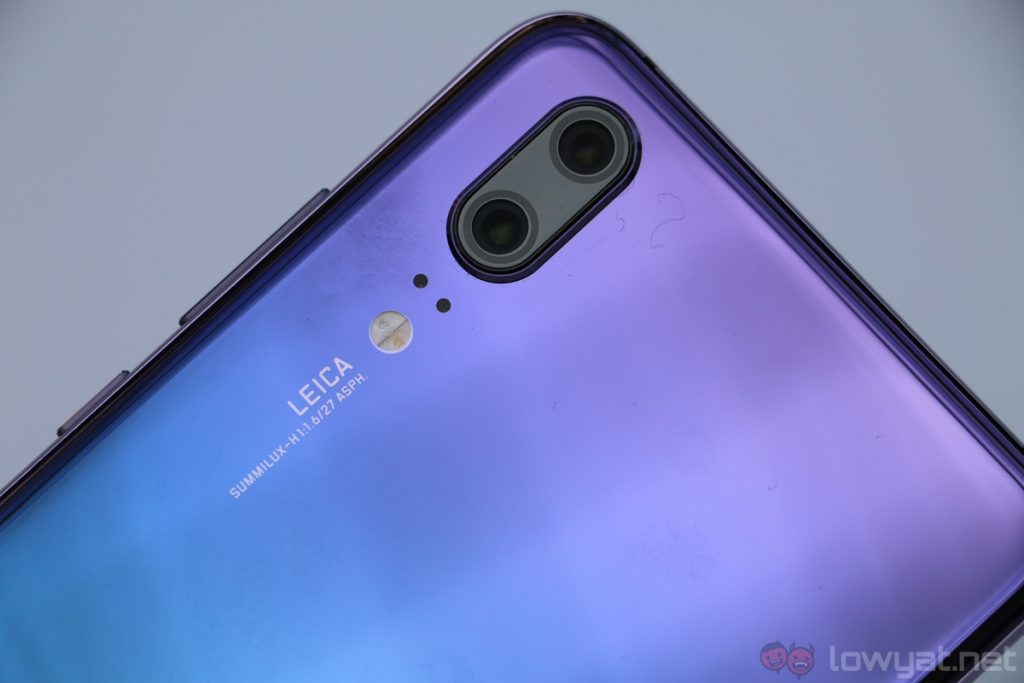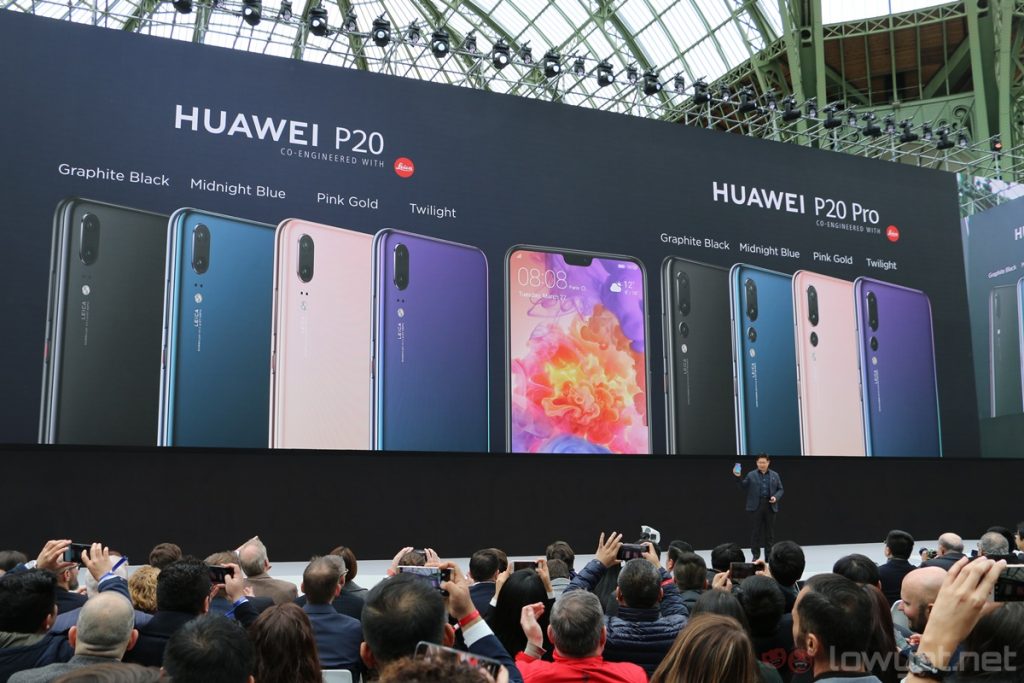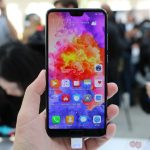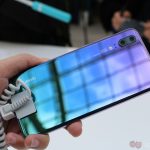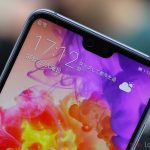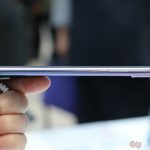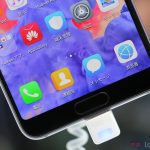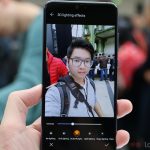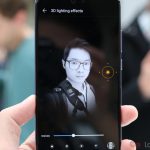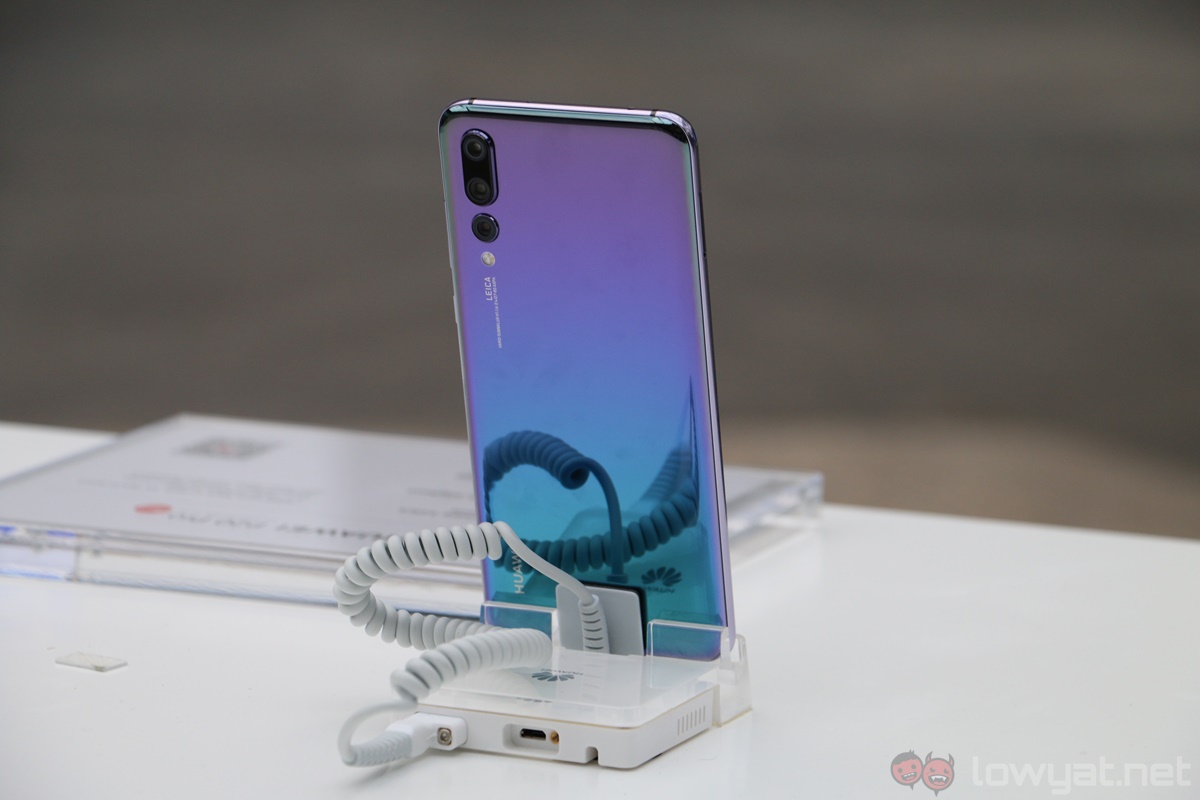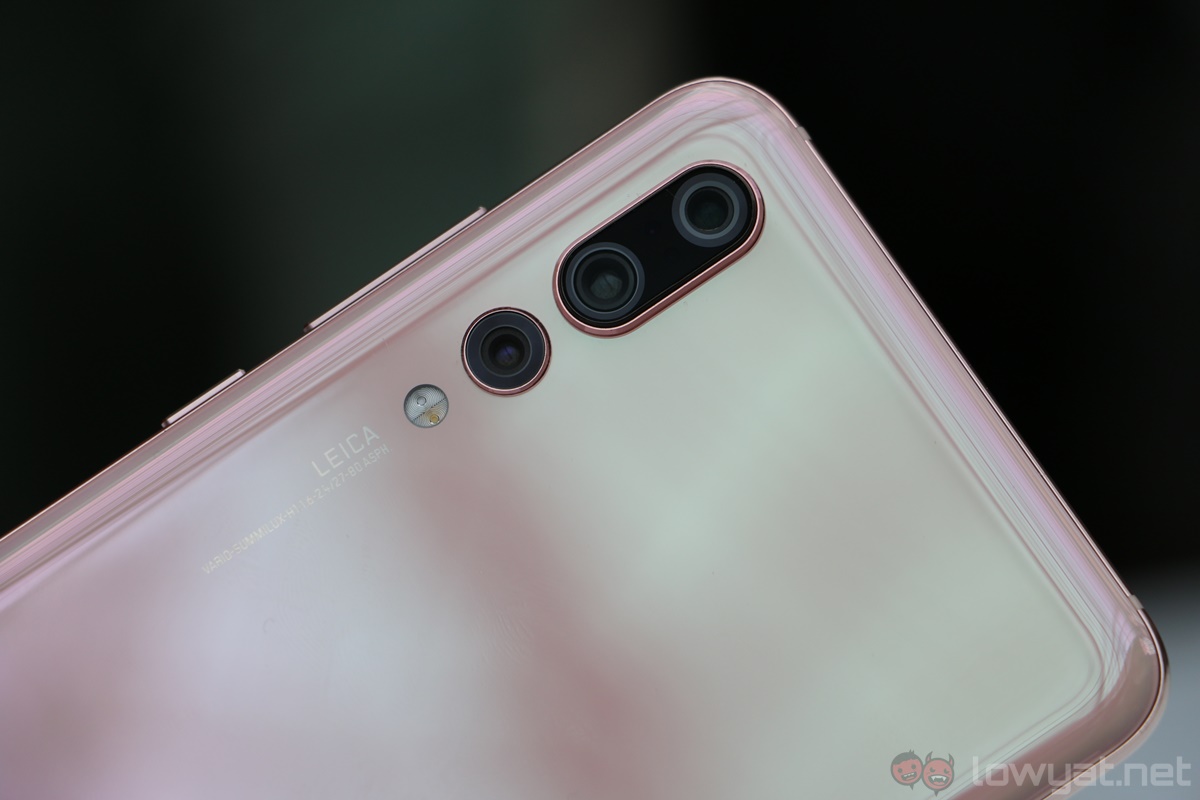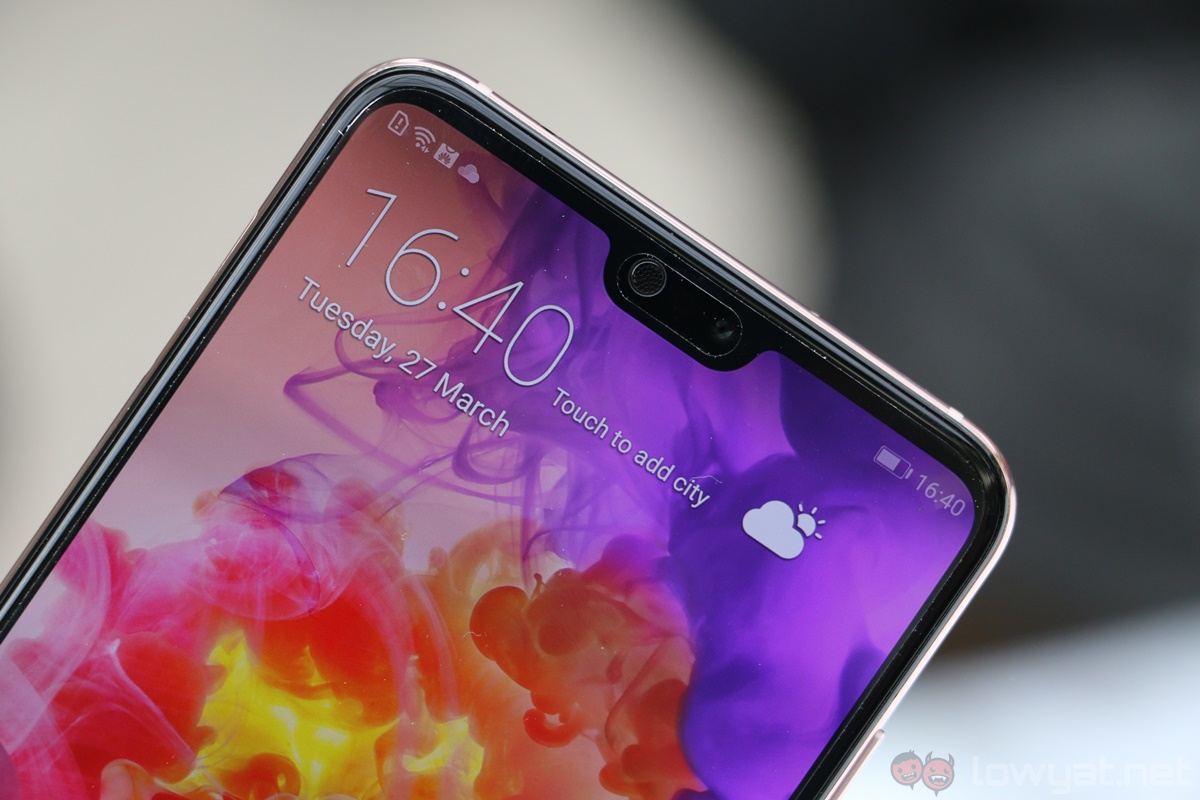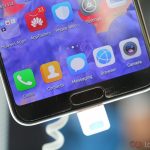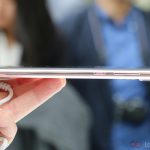Two years ago, Huawei and Leica formed a partnership that promises to “reinvent smartphone photography.” Fast forward to today, we have the new Huawei P20 and P20 Pro. For the first time since the partnership was formed, I’m genuinely excited to see what the P20 phones’ Leica-certified cameras can do, and the P20 Pro’s triple-camera system may just be a game changer.
Out of the two phones, the P20 Pro is the better-equipped device. It comes with a 6.1-inch 18.7:9 Full HD+ OLED display – with a notch at the top – a Huawei Kirin 970 chipset paired with 6GB of RAM, 128GB of internal storage, a 24MP front-facing shooter, and a generous 4,000mAh battery. Unlike the P20, the Pro model is also IP67-rated.
For the most part, the standard P20 shares the same set of hardware, but it comes with a smaller 5.8-inch RGBW Full HD+ display, less RAM at 4GB, and a 3,400mAh battery. Aside from that, it’s also only IP53-rated.
But the most obvious difference between these two phones lie in their camera systems. Let’s start with the P20: it has two rear cameras made up of 12MP RGB + 20MP monochrome sensors, an autofocus system that combines laser, depth, phase, and contrast focusing, as well as the ability to shoot 960fps slow motion videos at 720p.
While this is impressive, the P20 Pro takes it up a huge step: its Leica triple-camera system consists of a whopping 40MP RGB sensor, a 20MP monochrome shooter, and an 8MP optically stabilised telephoto camera. Thanks to this unique camera system, the Pro can do 5x hybrid zoom, not to mention the ability to shoot at 102,400 ISO.
Now that we’ve got the P20 and P20 Pro’s specifications out of the way, let’s get to the actual hands on: these two phones look and feel great. They feel very premium, the glass front and back blend seamlessly with the phones’ frames, and they’re definitely solid, well-built smartphones. I also quite dig the “horizontal design” of the back, which mimics the aesthetic of a compact camera.
As much as I like the design of the P20 and P20 Pro, there is one omission that I don’t quite like: the 3.5mm headphone jack. That’s right, the P20 phones don’t have headphone jacks, and they don’t support expandable storage either.
Moving on, we have to address something here: the P20 phones’ display notch. Sure, it’s similar to the iPhone X‘s design, but it’s one method to maximise screen size without increasing the phone’s dimensions. Beyond the notch, both phones have bright, vibrant displays, especially the P20 Pro’s OLED panel with excellent black levels.
Performance isn’t going to be an issue with these two phones either. Powered by the very same Kirin 970 processor found in the Huawei Mate 10 phones, the P20 and P20 Pro feel very responsive and zippy. I’ve used the Mate 10 Pro as my daily driver for quite some time now, and I haven’t faced any performance issue with it – I reckon the same will apply to these two phones.
And finally, we have the camera performance of these two phones. At the bright venue of the P20 and P20 Pro’s launch event, we can’t quite put their cameras to the test, but as far as first impressions go, both phones certainly feel very capable. The camera interface is fast and responsive with little to no delay in between shots, and they appear to be able to take some really, really good-looking shots. Rest assured, we’ll take both phones out for a little camera shootout soon – keep your eyes peeled for our comparison.
Packing a 24MP front-facing camera, those who love to take selfies may be interested in the P20 phones’ 3D Portrait Lighting. Not unlike the iPhone’s Portrait Lighting, the P20 has a suit of lighting effects to enhance your selfies. You can choose between Stage, Classic, Butterfly, and a whole range of other lighting effects. There’s still room for improvement, of course, but based on my brief time with the various lighting effects, it’s certainly fun to experiment with.
There’s also one very interesting feature worth pointing out here: Huawei AIS, which stands for AI image stabilisation. Thanks to this neat feature, the P20 and P20 Pro can take long exposure shots without a tripod. Using “machine learning based multi-frame stabilisation,” the P20 phones has a 6-second-long exposure mode that can be taken handheld.
I’ve tried the handheld long exposure mode for myself at Huawei’s demo area, and although it wasn’t exactly 6-second long, the result was really impressive. I’ll definitely explore this feature more extensively in a full-length review.
The Huawei P20 and P20 Pro are definitely the Chinese company’s most exciting phones yet – especially when it comes to their camera prowess. Set to be launched in Malaysia as early as next week on 3 April, I’m really curious to see just how much Huawei Malaysia will price these two phones. If priced right (especially the P20 Pro), the P20 phones may be the flagship smartphones to beat in 2018.
Follow us on Instagram, Facebook, Twitter or Telegram for more updates and breaking news.


